Blazing swaths of bright red and orange paint the sky, replacing what formerly was a vibrant blue summer landscape with lung-crushing smoke and ash. As Texas continues breaking records in a seemingly endless heatwave, a new threat has made its appearance. Wildfires have spread across almost 75% of the state in just one month.
For many Texas residents, the term “summer” no longer symbolizes vacation and traveling, fun and games, or even the beginnings of a new school year. The fires and heat of the past few months have left permanent imprints on the minds of many, as well as the numerous grasslands that house homes and apartments. For example, a streetside fire that occurred on Aug. 11, a few miles shy of the neighborhood Davis Spring, significantly affected many residents emotionally.
“[The fires] illicit a sense of insecurity among people, causing anxiety all around,” Davis Spring resident Mr. Ajinkya Kale said. “I think these [wildfires] are very scary in theory, and unfortunately are becoming very real now.”
Consuming not only the dried land and yellowed grass, many of these wildfires spread to surrounding neighborhoods, pushing residents to evacuate their homes, leaving them only with what they can fit in their hands. Though the severity of a single fire in 2023 doesn’t amount to that of those in 2022 yet, causes for concern for many residents are the spiking numbers, and the proximity of these fires to people (many fires in 2022 spread wide but were in isolated, sparsely populated areas of the state). A large brush fire lit up in the Cedar Park area on Aug. 8, consuming vegetation—and homes.
“The Texas heat has [already] been unbearable, with the 100 degree weather everyday,” Cedar Park resident and freshman at Round Rock High School Sona Rao ‘27 said. “These fires in our area burned up an apartment complex next to it, and caused many people to move out, having no home. We also know some common shops and areas near us that were closed due to the same fire, and it made it harder to get anything.”
Drought conditions and lack of rain are only fueling the fires and spurring them to continue spreading across hot, dried land. As the burning sun and high winds progressively dry out grasses, trees, and brushes throughout June and July, it places this vegetation in a prime state of being easily flammable in August. However, it’s nearly impossible for grass itself to light on fire simply by the heat of the sun—the source of most Texan wildfires are actually humans. The heat’s role ends with the extreme drying of Texan trees and grasses. All it takes from there is a small spark to trigger an inferno from blazing only miles from our homes.
“The fire [next to our house] was the result of the homeless people camping out there using fire out in the open, that then caught on the dried land, turning into an uncontrollable wildfire,” Mr. Kale said. “Essentially, it was a chunk of natural yet highly inflammable land at the mercy of human discretion.”
Though the effects of these rapidly growing wildfires are, for the most part, easily visible by the naked eye, one key aspect of any natural disaster is to think about our personal health and wellbeing. According to the U.S. Environmental Protection Agency, wildfires can significantly affect human health and spark lung or breathing problems even from miles away. In addition to health concerns, due to the heightened proximity of the fires to roads and access ways, consequences of the drastic weather conditions can be seen in many of our lives.
“The day the fire occurred [next to our house], was the day of the eagerly anticipated Fishbowl, which I’d already committed to as a club representative,” Westwood sophomore Avishka Boina ‘26 said. “The fire caused a lot of doubt about our participation… and it compelled us to make quick decisions that could jeopardize our safety, though we were able to find a safe route and make it on time. [The fire] made us realize how important it is to be flexible…and when we need to protect ourselves and those close to us.”
Ice vs. fire, a trope often found in fantasy novels or movies has made its debut in reality right here in the state of Texas. In February of 2023, Texas experienced one of the most severe ice storms in state history, twin to the one that occurred in the winter of 2021. Dubbed as the “icepocalpyse” by Texas residents, the ice storms resulted in fallen trees, busted tubes, and many cold Texans sitting in the dark of their homes. Only six months later did the same people find themselves locked in their houses once more, this time away from the wafting heat outside, busying themselves by filling tubs of water and blasting the AC.
“It’s alarming, to say the least, to witness both these severe events in only six months,” Mr. Kale said. “[I believe] the root cause of it all is a massive explosion of human needs, creating a lot of demand on water and electricity which are already being tested by the increase in population and infrastructure.”
One of the most intense summers to grace Texas, many are choosing to look at the end of this season with a positive outlook, trying to gather what takeaways and steps Texans should be taking next. While Rao believes that it’s critical to stay prepared for such unexpected weather phenomena in the future, Mr. Kale believes there are small steps we as humans can take to prevent these issues from arising again at all.
“[It’s important] to have a heightened awareness to change our collective behavior [as Texans] and to preserve our natural environment and resources,” Mr. Kale said. “Educating and championing schools and communities to drive positive change is also integral.”
As the endless heat begins to roll to an end with the arrival of much awaited summer rains and storms, Texans cross their fingers in regards to the future.
“I [really] hope that there aren’t going to be any more drastic weather changes in the following months and years,” Rao said. “[All] these natural calamities are hard to compare to one another, but [all of them] have disrupted the equilibrium of the residents in those [particular] areas.”

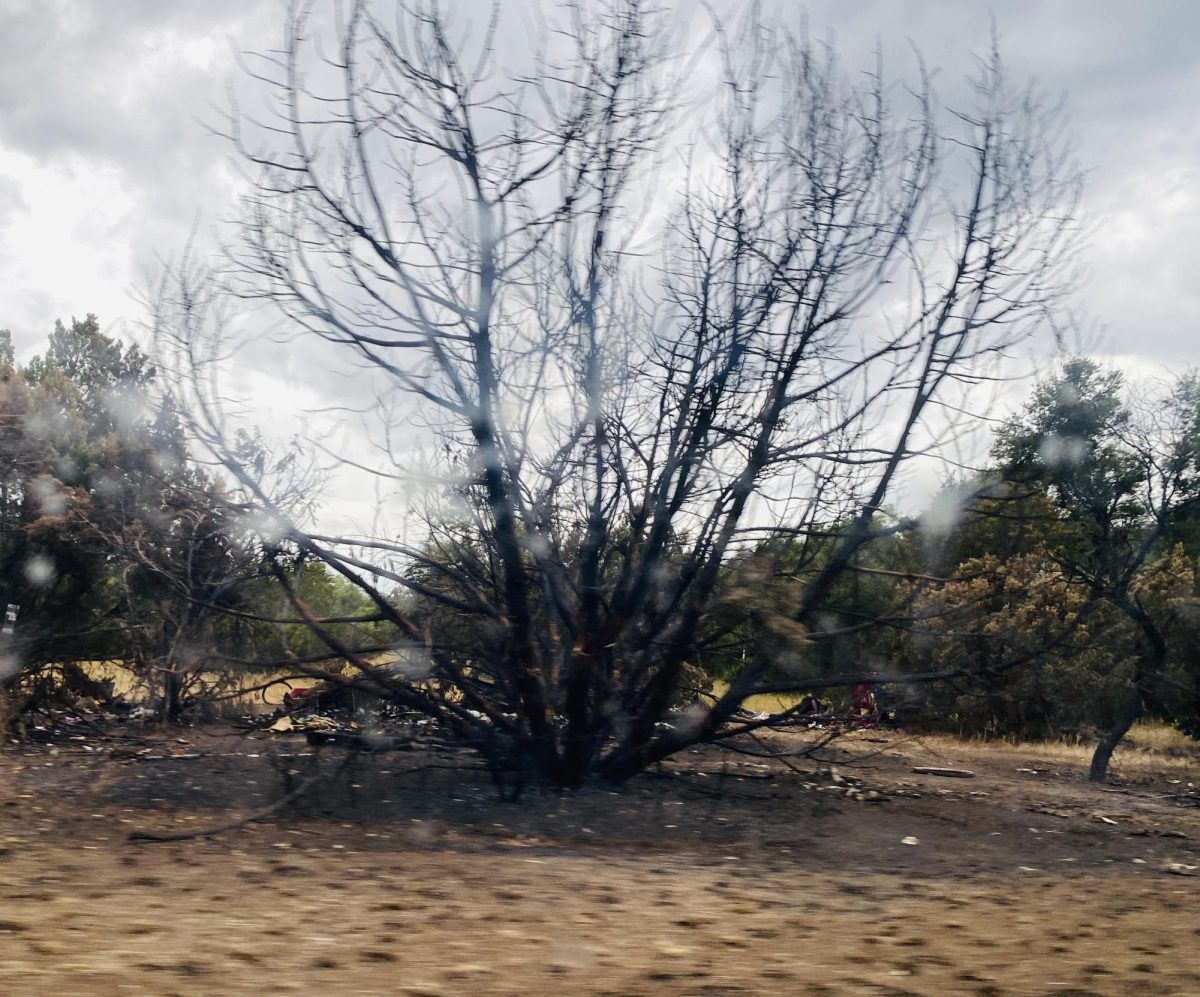

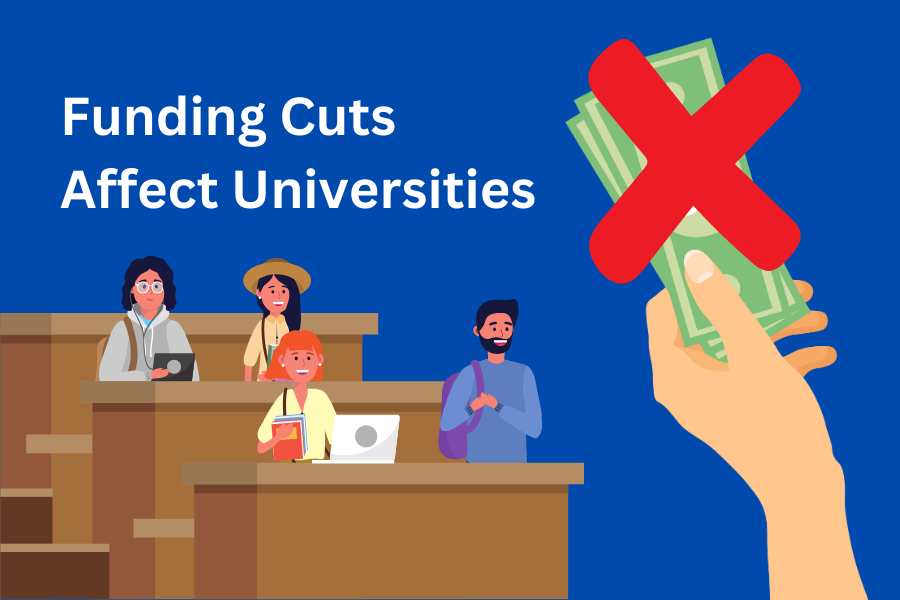
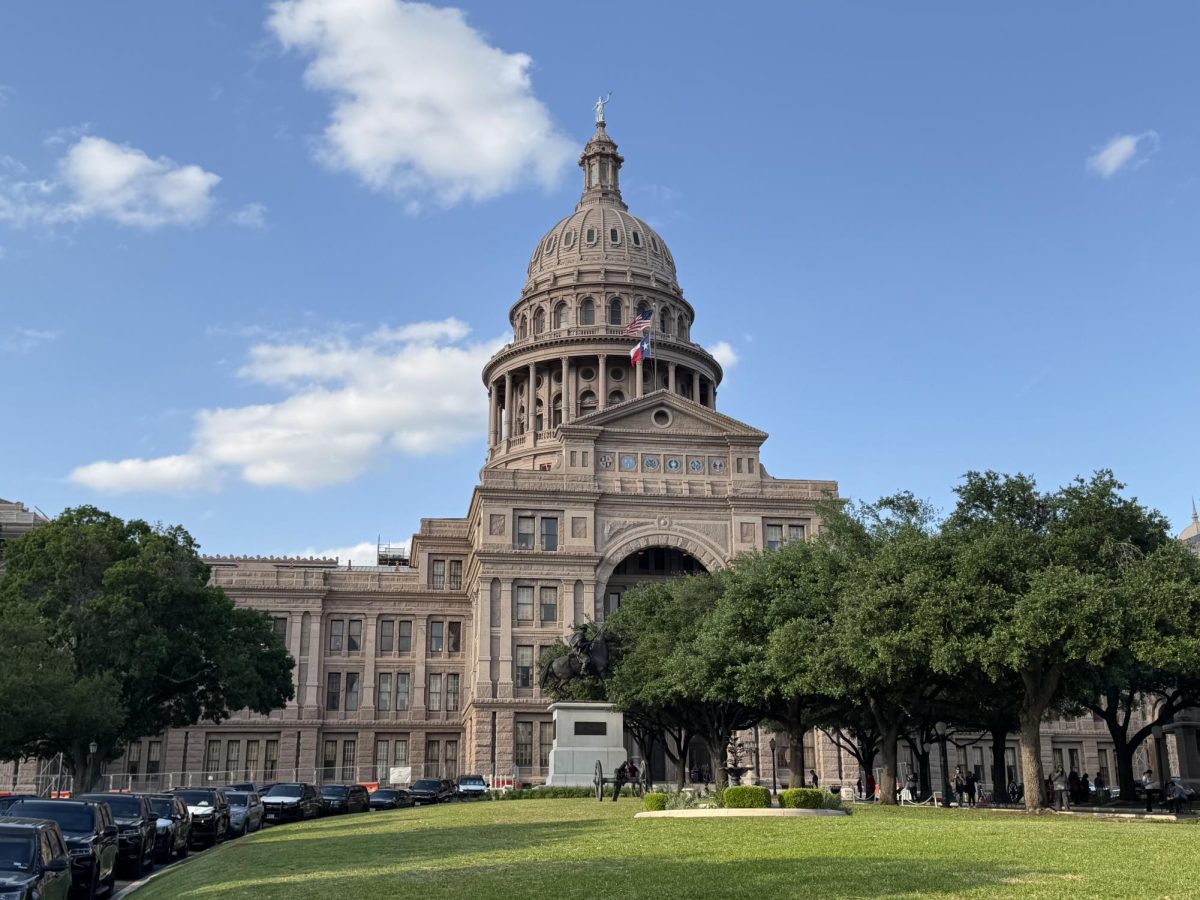
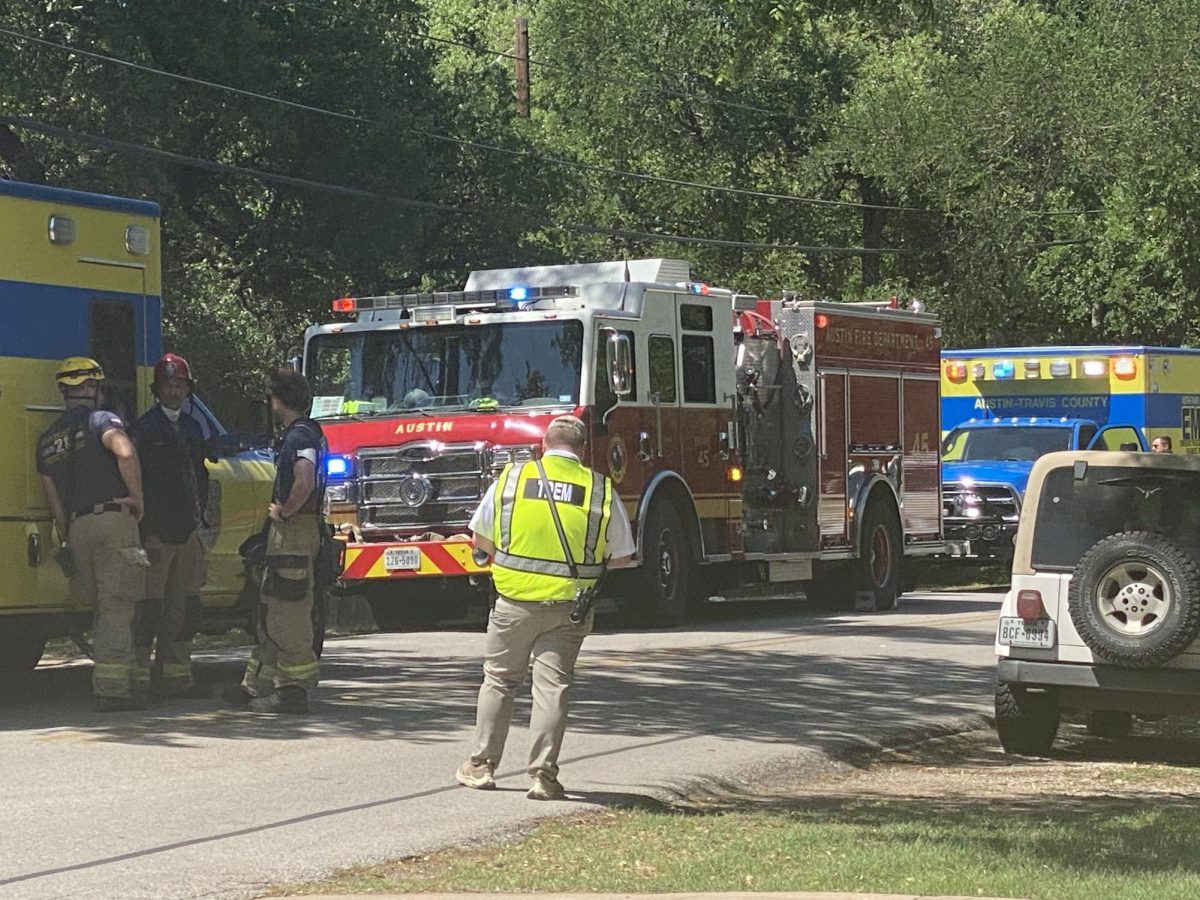
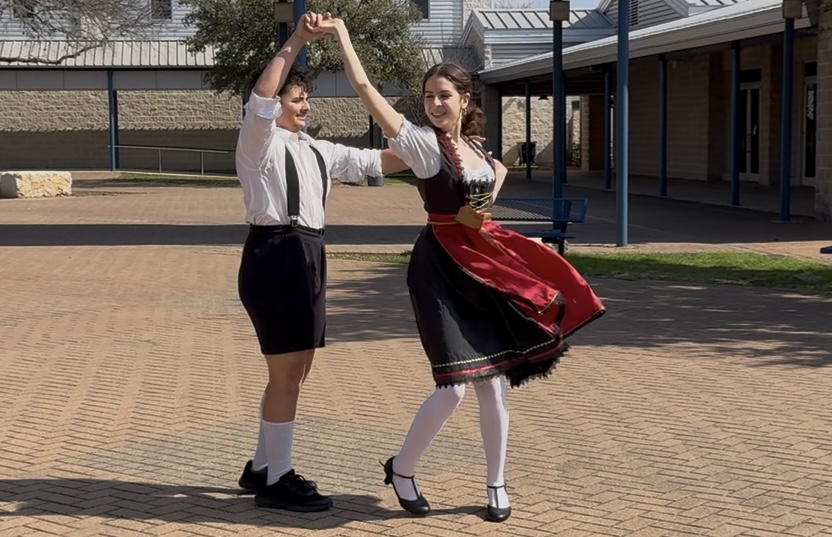
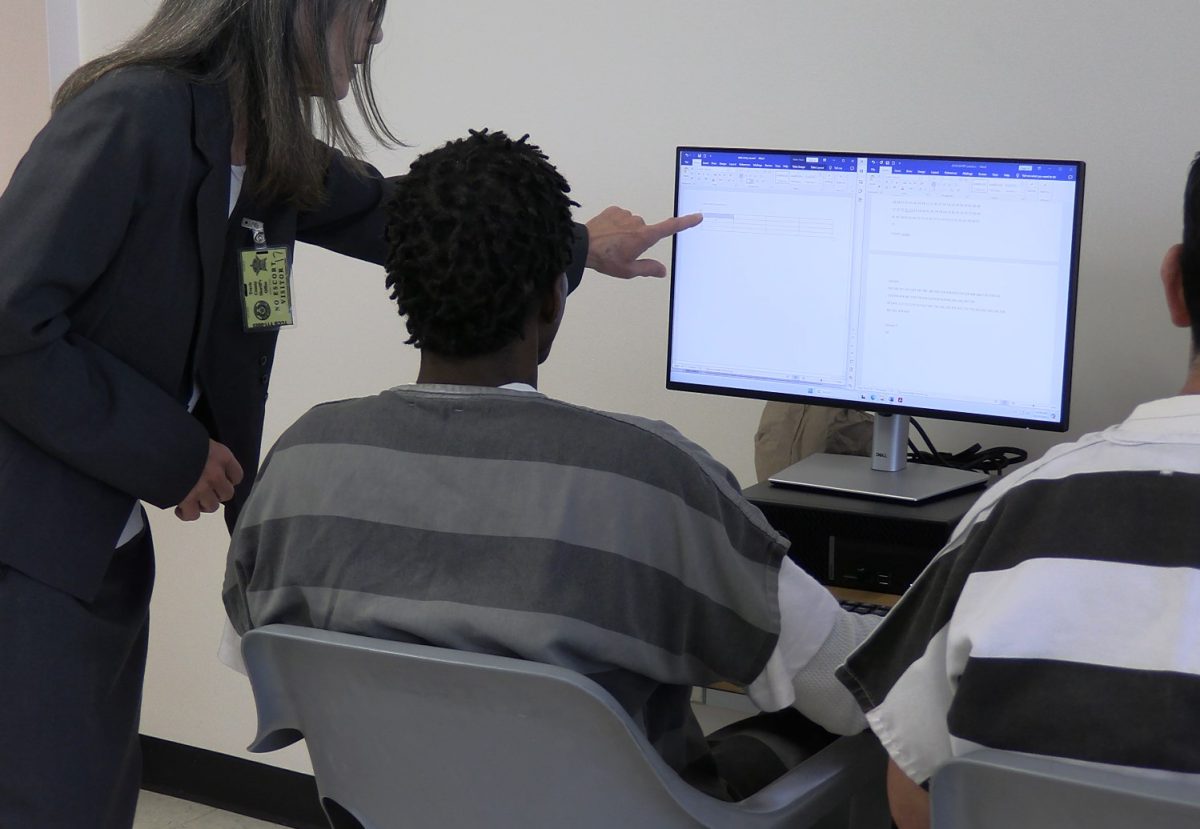




![Holding her plate, Luciana Lleverino '26 steadies her food as Sahana Sakthivelmoorthy '26 helps pour cheetos into Lleverino's plate. Lleverino was elected incoming Webmaster and Sakthivelmoorthy rose to the President position. "[Bailey and Sahiti] do so much work that we don’t even know behind the scenes," Sakthivelmoorthy said. "There’s just so much work that goes into being president that I didn’t know about, so I got to learn those hacks and tricks."](https://westwoodhorizon.com/wp-content/uploads/2025/05/IMG_0063-1200x1049.jpg)

